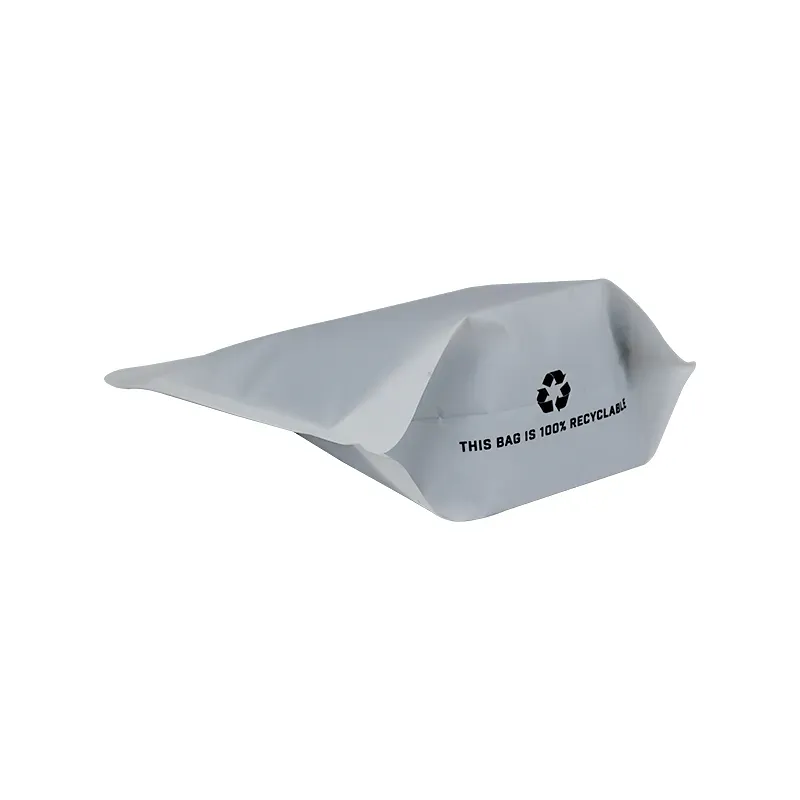Optimal Strip Adhesive Solutions for Effective Bonding Applications
Understanding Strip Adhesives Versatility and Applications
In the world of adhesive technologies, strip adhesives stand out due to their unique design, versatility, and wide range of applications. Often found in various industries, strip adhesives are characterized by their easy application and the ability to bond two surfaces without requiring additional tools or complex processes. This article delves into the nature of strip adhesives, their composition, advantages, limitations, and common applications.
What Are Strip Adhesives?
Strip adhesives are pre-applied adhesive solutions typically arranged in a strip format. They often come in rolls or sheets and are designed for straightforward application. The adhesive can come in various forms, such as foam, tape, or film, allowing users to select the type that best suits their specific requirements. Common materials include acrylics, rubber-based adhesives, and silicone, offering features like flexibility, durability, and resistance to environmental factors.
Advantages of Strip Adhesives
One of the primary advantages of strip adhesives is their ease of use. The pre-applied nature allows for quick application, reducing the time required for bonding processes. Users simply peel off the backing and apply the adhesive directly to the desired surfaces. This feature makes strip adhesives particularly appealing for projects that require speed without compromising quality.
Additionally, strip adhesives provide consistent and uniform adhesion. Their design eliminates the variables often present in liquid adhesives, such as application pressure and thickness, leading to more reliable bonding results. Furthermore, the ability to cut the adhesive strips to specific lengths allows for customization in various applications.
The versatility of strip adhesives is another significant benefit. They can bond a wide array of materials, including metals, plastics, glass, and wood, making them suitable for diverse applications across different sectors. From industrial manufacturing operations to consumer products, strip adhesives can be integrated into a plethora of uses.
Limitations of Strip Adhesives
strip adhesive

While strip adhesives offer numerous advantages, they also have limitations. One of the main concerns is their strength compared to other adhesive options, such as epoxy or cyanoacrylate. For applications requiring extreme bonding strength or resistance to high temperatures, alternative adhesives may be more appropriate.
Moreover, the substrate and environmental conditions can affect the performance of strip adhesives. For instance, surfaces must be clean and free of contaminants like dust, oil, or moisture to ensure optimal adhesion. Additionally, exposure to extreme conditions such as prolonged UV light, high temperatures, or moisture can limit the longevity of the bond.
Applications of Strip Adhesives
Strip adhesives are widely used in various industries, including automotive, electronics, construction, and consumer goods. In the automotive sector, they are employed for attaching trim, emblems, and even structural components. The electronics industry utilizes strip adhesives for assembling devices and securing components, benefiting from their precise bonding capabilities.
In construction, strip adhesives are commonly used for securing flooring materials, wall panels, and insulation. The ease of installation helps reduce labor costs and time, making them an attractive choice for contractors.
For consumers, strip adhesives are found in everyday products, such as adhesive hooks, mounting strips, and craft applications. Their user-friendly nature makes them perfect for DIY projects and home repairs.
Conclusion
Strip adhesives represent a significant advancement in adhesive technology, offering a blend of convenience, versatility, and efficiency. As industries continue to evolve, the demand for effective bonding solutions like strip adhesives will likely grow. Understanding their properties, applications, advantages, and limitations enables users to make informed decisions when selecting adhesives for their projects. Whether in manufacturing, construction, or everyday applications, strip adhesives provide a reliable solution for bonding needs.













